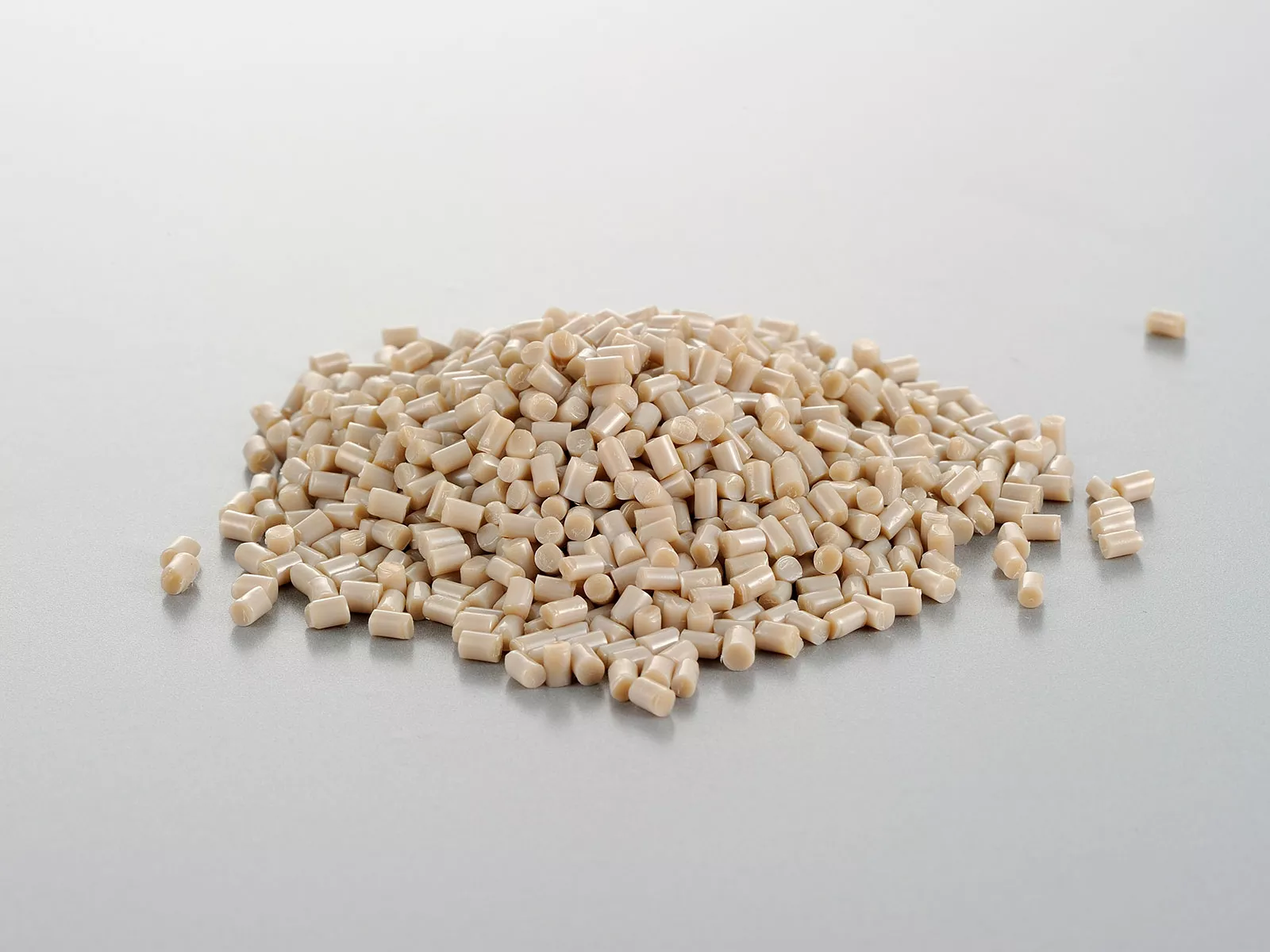Choosing the right coating of cookware for your needs is crucial. In this guide, we're exploring two popular options: PTFE and Ceramic coatings. PTFE, known for its slick, non-stick surface, is great for cooking without the mess. On the other hand, Ceramic coatings offer unmatched scratch resistance and heat resistance, also being fluoride-free, making them a favorite for long-lasting protection. Understanding the benefits and limitations of each coating type will help you make an informed decision, ensuring you select the best option for your specific requirements. Join Pfluon as we dive into the world of PTFE and Ceramic coatings.
What is PTFE Coating?
PTFE, short for Polytetrafluoroethylene, is a synthetic polymer that has transformed the way we cook and bake. Discovered in 1938, PTFE has since become synonymous with non-stick cookware due to its exceptional ability to reduce food sticking to the pan. This coating is applied to cookware to create a smooth, durable surface that’s easy to clean and reduces the need for excessive oil or butter, making it a favorite among health-conscious cooks. Beyond its non-stick properties, PTFE coating is prized for its enhancing the lifespan of cookware.
What is Ceramic Coating?
On the other hand, ceramic coating is a relatively recent innovation in the cookware industry, offering an eco-friendly alternative to traditional non-stick surfaces. Made from silica, ceramic coatings are applied and then cured at high temperatures. This process creates a non-stick surface without the use of PTFE, making it an attractive option for those looking to minimize their environmental footprint. Ceramic-coated cookware is celebrated not only for its non-toxic and inorganic properties but also for its versatility and thermal efficiency. It heats up quickly and evenly, ensuring a perfect cook every time. Moreover, its eco-friendly manufacturing process and absence of harmful chemicals make it a preferred choice for environmentally conscious consumers and those prioritizing health and safety in their kitchen essentials.
PTFE VS Ceramic Coating
Durability
From the perspective of non-stickiness, PTFE coatings are more durable. The non-stick properties of PTFE are determined by both its surface morphology and chemical characteristics. PTFE has a low surface tension, and its smooth surface and stable molecular chain structure contribute to its excellent non-stick performance. Although ceramic coatings are hard and scratch-resistant, their non-stick properties mainly rely on silicone oil. Once the silicone oil is depleted, the non-stick effect is lost.
Heat Resistance
Heat resistance is a critical factor in cookware, affecting cooking efficacy and safety. PTFE coatings are safe up to temperatures of approximately 260°C (500°F), beyond which they begin to decompose, releasing harmful fumes. Ceramic coatings, made from inorganic materials, boast a higher heat resistance, generally up to 450°C (842°F), offering a safer alternative for high-heat cooking methods without emitting toxic fumes.
Health and Safety
Health concerns associated with cookware coatings have spurred significant debate. PTFE coatings, while safe within recommended temperature ranges, pose health risks when overheated, releasing compounds that can cause flu-like symptoms in humans and be fatal to birds. Conversely, ceramic coatings are often marketed as a healthier alternative, free from PTFE and PFOA (Perfluorooctanoic Acid), and do not release harmful chemicals at high temperatures, aligning with a growing consumer demand for non-toxic cookware options.
Environmental Impact
The environmental footprint of cookware coatings encompasses production, usage, and disposal stages. PTFE coatings require perfluorinated chemicals in their manufacturing, contributing to environmental pollution and health risks due to their persistence in the environment. Ceramic coatings, being derived from natural minerals and requiring less intensive chemical processes, are considered more eco-friendly. They emit fewer greenhouse gases during production and are less harmful to the environment upon disposal.
Price and Affordability
Price considerations are vital for consumers balancing quality with budget constraints. PTFE-coated cookware is generally more affordable upfront, providing a cost-effective non-stick solution. However, the need for replacement due to wear and tear might increase long-term costs. Ceramic-coated cookware typically commands a higher price point, attributed to its scratch resistance and health benefits. The investment in ceramic cookware can be justified by its safer cooking environment, offering better value over time.
Conclusion
Choosing between PTFE and ceramic coatings involves weighing the benefits and drawbacks of each in terms of durability, heat resistance, health and safety, environmental impact, and cost. Ceramic coatings emerge as a compelling choice for those prioritizing health, safety, and environmental sustainability, despite the higher initial investment. Meanwhile, PTFE coatings offer an affordable, effective non-stick solution for those willing to manage temperature carefully and replace cookware more frequently. As a primary manufacturer and innovator of nonstick coating, Pfluon has custom coating solutions for the cookware industry. Feel free to contact us if you have any questions related to non stick coatings!





